Commercial Crew Program Milestones
April 27, 2020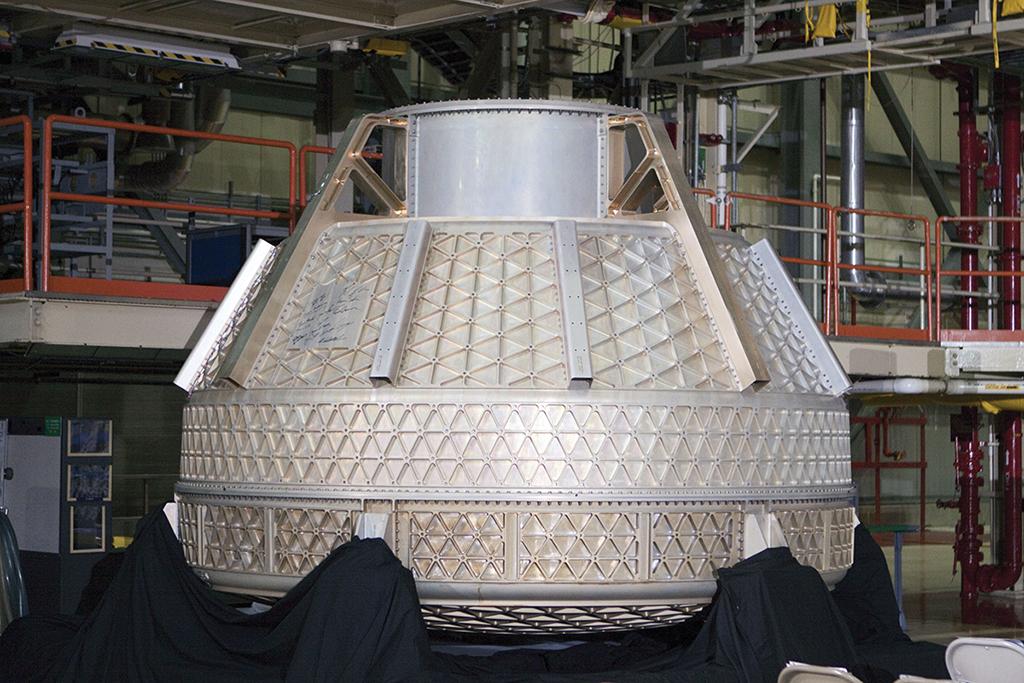
CCDev1
Credit: 2010
NASA kicks off Commercial Crew Development Round 1 (CCDev1) by funding Sierra Nevada $20 million, Boeing $18 million, United Launch Alliance (ULA) $6.7 million, Blue Origin $3.7 million and Paragon Space Development Corp $1.4 million under cost-share Space Act Agreements. Credit: Boeing
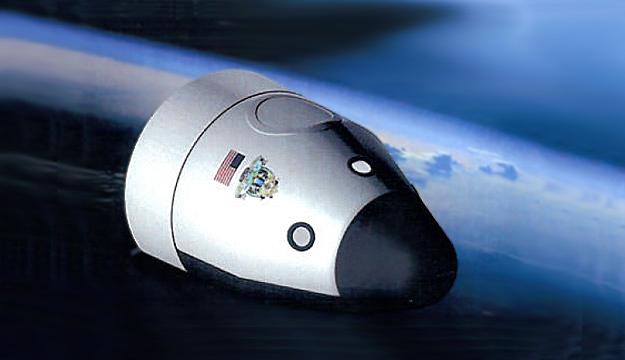
CCDev2
Credit: 2011
CCDev2 cost-share agreements awarded to Boeing $92.3 million, Sierra Nevada $80 million, SpaceX $75 million and Blue Origin $22 million. NASA also signs unfunded Space Act Agreements with ULA and Excalibur Almaz and later adds $25.6 million to Sierra Nevada and $20.6 million to Boeing via optional contract milestones. Credit: Blue Origin
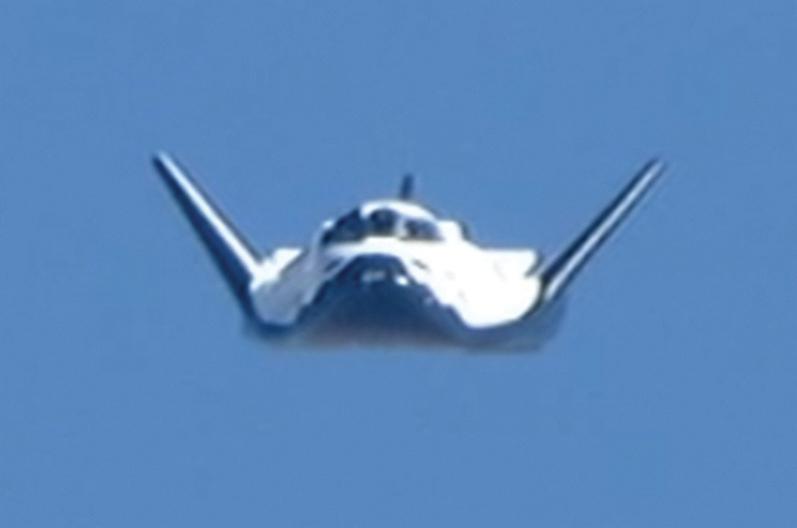
Certification Products Contracts
Credit: 2012
NASA whittles down the competition to provide crew flight services to three companies. Boeing gets $460 million, SpaceX $440 million and Sierra Nevada $212.5 million to support development of integrated systems under round three of the program. SpaceX and Boeing each are awarded another $20 million and Sierra Nevada an extra $15 million when NASA exercises options for additional milestones. The companies also receive about $10 million each under Certification Products Contracts to develop data products to implement the agency's flight safety and performance requirements. Credit: NASA
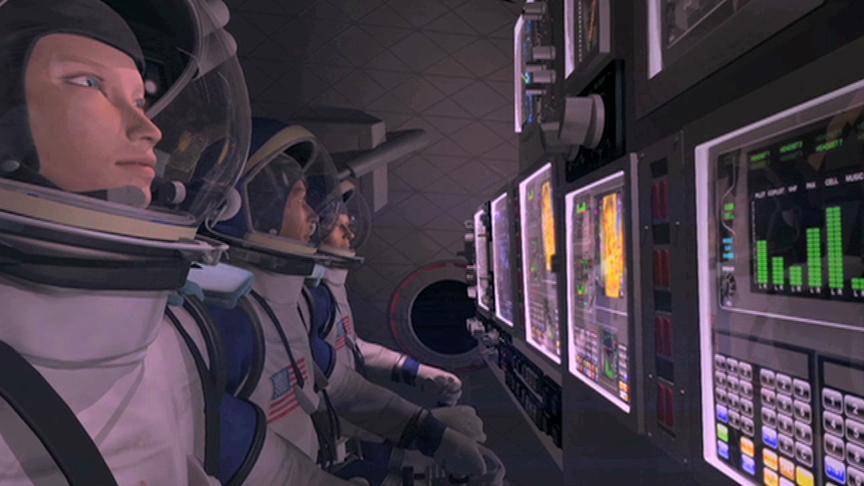
Transportation Capability Contracts
Credit: 2014
Boeing and SpaceX are selected for Commercial Crew Transportation Capability contracts, worth up to $4.2 billion and $2.6 billion, respectively, that cover two flight tests and up to six operational missions per company. Credit: NASA

Dragon Pad Abort Test
Credit: May 2015
SpaceX Crew Dragon pad abort test. Credit: SpaceX

Crew Cadre
Credit: August 2015
NASA selects four astronauts, called the Crew Cadre, who embed themselves at both SpaceX and Boeing during vehicle final designs. After three years, Bob Behnken and Doug Hurley are assigned to the crewed flight test of Dragon, while Sunita Williams and Eric Boe are assigned to Starliner missions. Credit: NASA

Four More Astronauts
Credit: August 2018
NASA adds four more of its astronauts and Boeing’s Chris Ferguson, a former shuttle commander, to crew upcoming flight tests and first operational missions aboard Dragon and Starliner. Credit: NASA
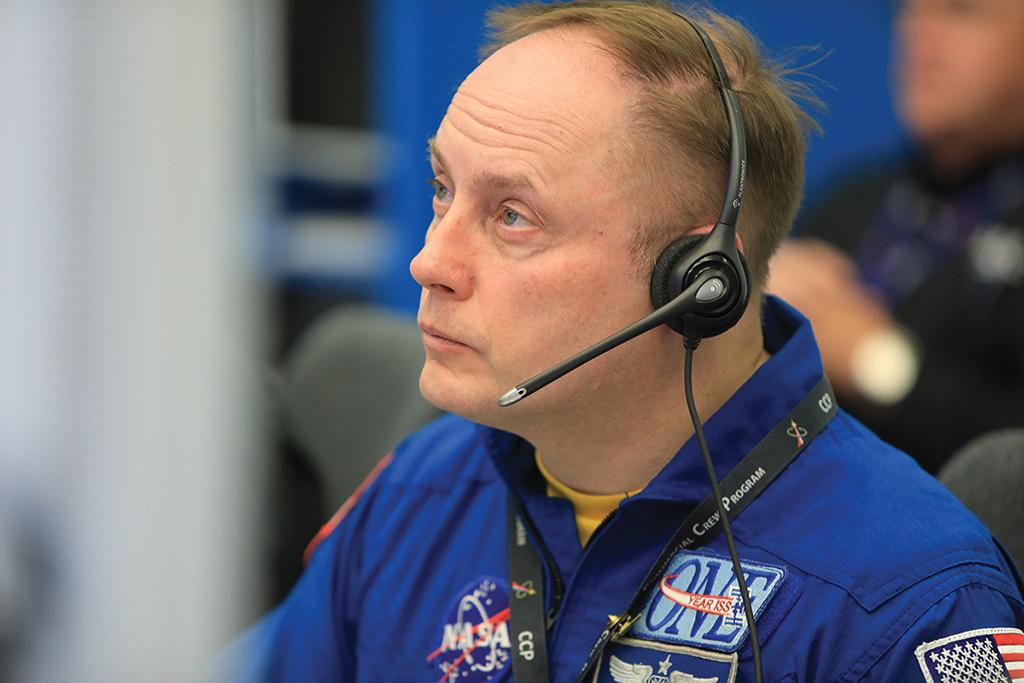
Crew Replacement
Credit: January 2019
Astronaut Eric Boe pulled from Starliner Crew Flight Test due to medical issue and replaced by Mike Fincke (pictured), who has served twice on the ISS. Credit: NASA
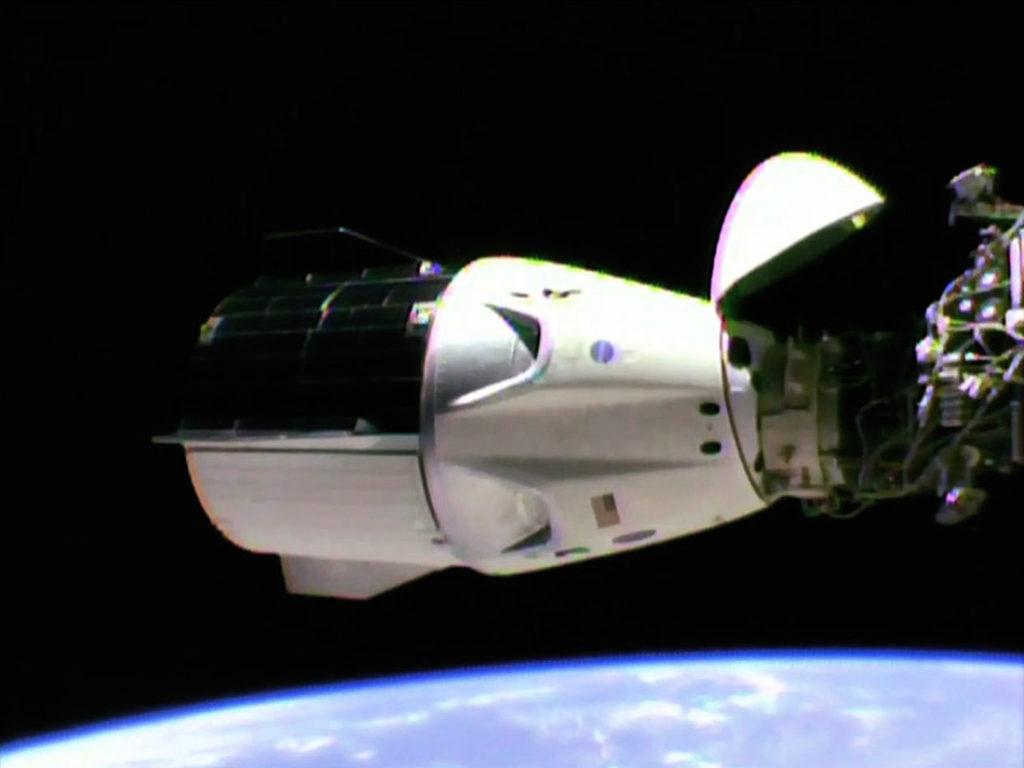
Uncrewed SpaceX Dragon Capsule Reaches ISS
Credit: March 2019
An uncrewed SpaceX Dragon capsule reaches the International Space Station for the Demo-1 flight test. The spacecraft is the first U.S. vehicle since the space shuttle that autonomously docks, rather than being berthed by the station’s robot arm. Credit: NASA

Spacecraft Destroyed During Preparations
Credit: April 2019
SpaceX planned to use the Demo-1 Crew Dragon capsule for an in-flight abort test, but the spacecraft was destroyed during preparations for a static firing of its maneuvering system engines. Credit: SpaceX

Aborted Engines
Credit: November 2019
Boeing’s CST-100 Starliner’s four launch abort engines and several orbital maneuvering and attitude control thrusters ignite for a Pad Abort Test from Launch Complex 32 on White Sands Missile Range in New Mexico. Credit: NASA

Starliner Returns
Credit: December 2019
Starliner returns from an abbreviated Orbital Flight Test after a software glitch scuttles an engine firing to reach the station’s orbit. Credit: Bill Ingalls/NASA
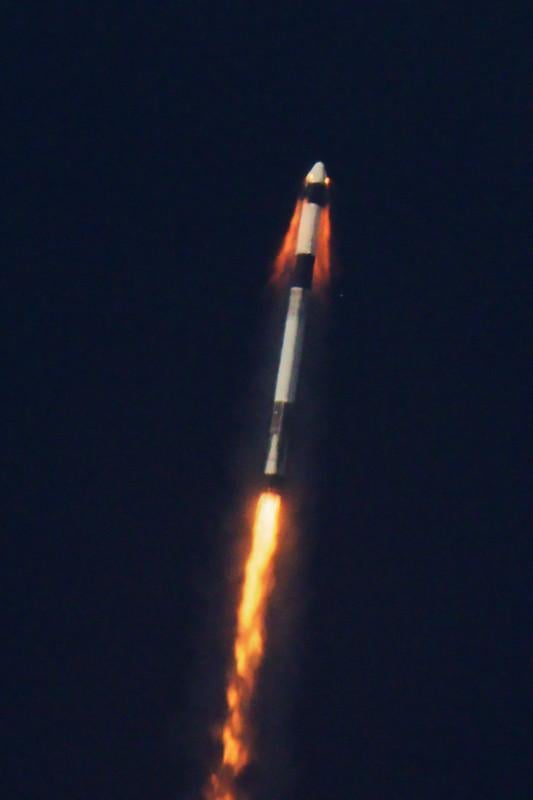
High-Altitude Abort Capability
Credit: January 2020
SpaceX demonstrates the high-altitude abort capability of its Crew Dragon spacecraft. Credit: SpaceX

Repeating Uncrewed Mission
Credit: April 2020
Following results of an Independent Review Team investigation in the botched Starliner Orbital Flight Test, Boeing announces it will repeat the uncrewed mission to demonstrate software fixes. Credit: United Launch Alliance
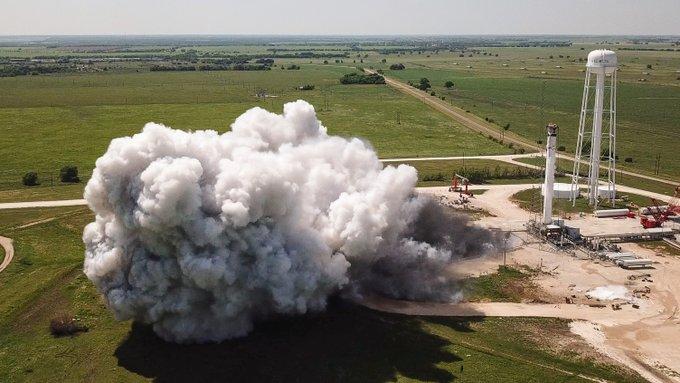
Static Test Fire On Falcon 9
Credit: April 2020
SpaceX conducts a static test fire of the Falcon 9 rocket being prepared for the Demo-2 crewed flight test. The mission, scheduled for launch on May 27, will be the first U.S. human orbital flight since the end of the shuttle program in July 2011. Credit: SpaceX
As the space shuttle neared retirement, NASA turned to partnerships with commercial companies to provide crew ferry flights to and from the International Space Station. Here’s a look at program milestones.